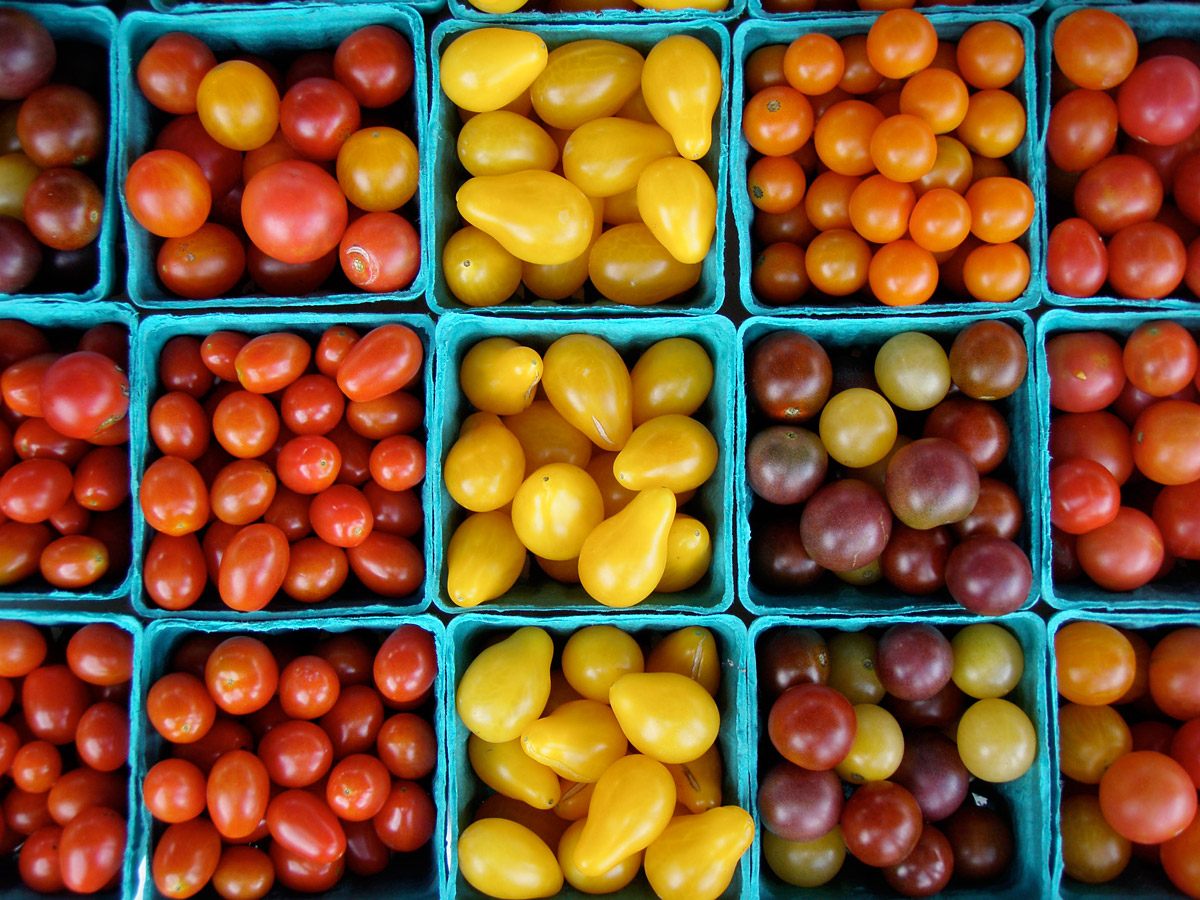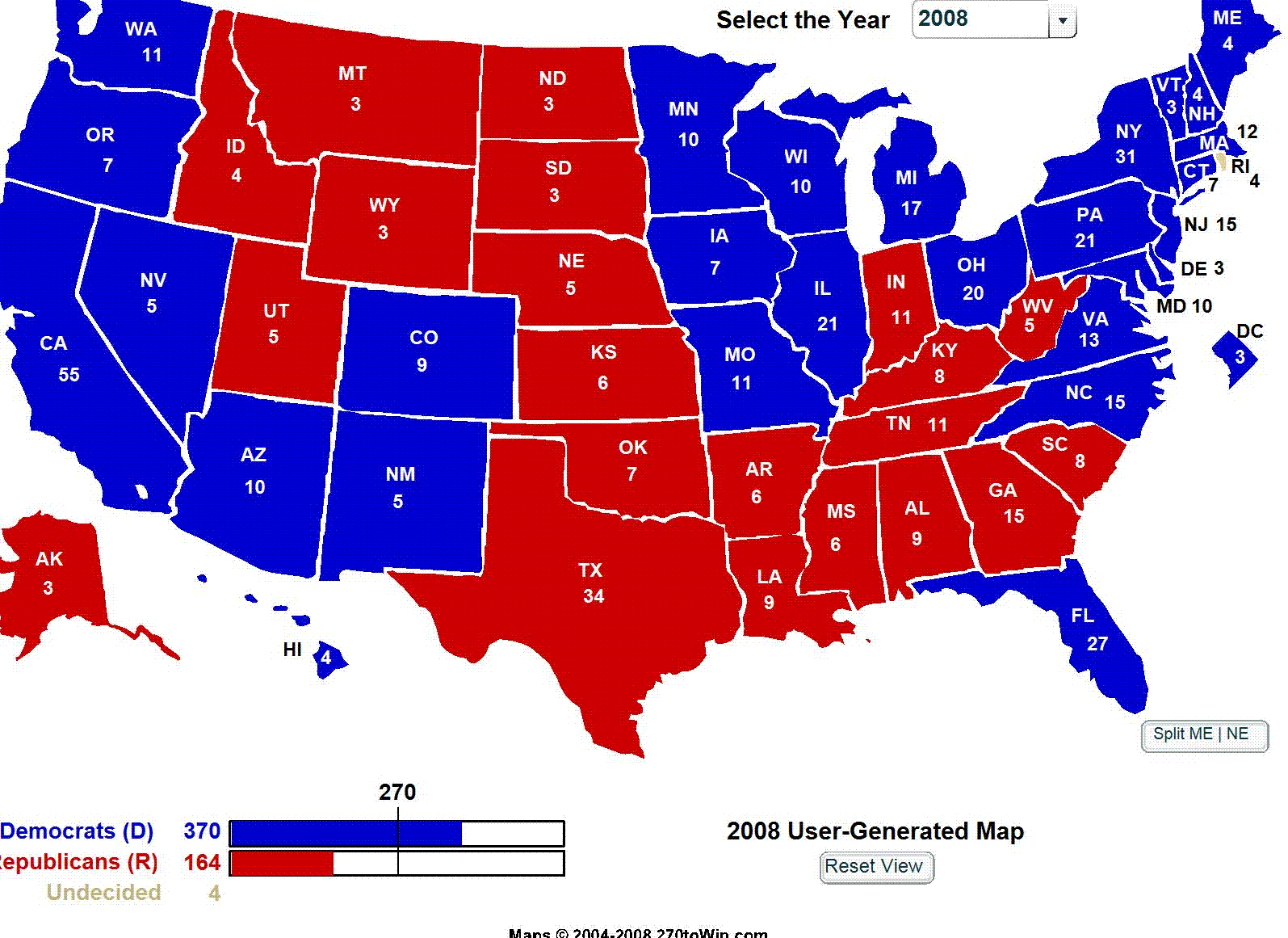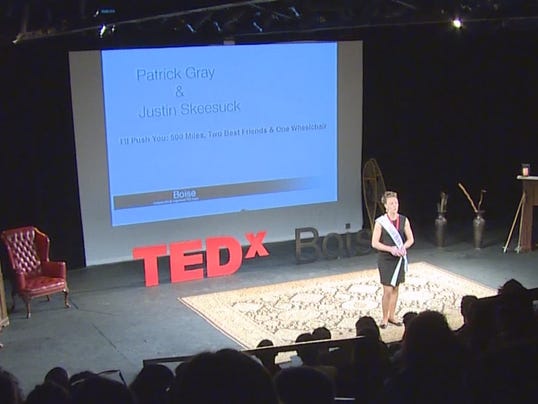
I stood in the middle of the field with my hoe in my hand, the hot afternoon sun searing down on me. My clothes clung to my sweaty, itchy body. My back groaned as I straightened upright. Half the row to go. Next to it, another row that desperately needed weeding, and another after that. After a year spent mostly away from my farm, the transition back to it threatened to swallow me. Like several other memorable times over the previous sixteen years, I stood surrounded by the plants I am working so hard to cultivate and began to cry. Out of exhaustion, probably, but mostly from the profound desperation that accompanies this small farm livelihood. A list of tasks far greater than the number of hours in a day. Work that is never done. On land I don’t own, will never own, will never build equity in.
Of course, it isn’t the same world I left a year ago. A global pandemic has swept over the planet, smashing things we thought were unbreakable. The local food movement has long criticized the vulnerability and unsustainability of the globalized industrial food system. I have routinely been a part of that chorus, often citing the sobering statistic calculated by Crossroads Resource Center for the Treasure Valley—“We have 3 days of food in the grocery store!”—in my public classes and lectures.[1] Still, I was as shocked as anyone to see empty grocery store shelves for weeks on end for the first time in my life. It turns out that what local food systems advocates have been saying all along is true—we are woefully unprepared to feed ourselves. And COVID has just ripped off the band-aid and shined a massive spotlight on the gaping wound that is the industrial food system, a wound continuously carved since the inception of this country, inflicted by the twin evils of capitalist greed and racist policies.
In Idaho, we are seeing industrial food processing plants shutting down left and right as COVID outbreaks spread like wildfire among workers crammed into the factories in dangerous conditions. Or worse, we see leaders ordering them to not shut down, forcing their “essential” workers to keep working despite their increased risk, their bodies sacrificed to keep the cheap food flowing onto grocery store shelves. A high percentage of people working in food processing jobs in Idaho identify as Latinx or Hispanic.[2] As of July 2nd, Latinx people, while only 13% of the state’s population, account for more than 50% of COVID-19 cases in 5 of 8 counties in the Magic Valley, and 35% of cases with confirmed race or ethnicity overall.[3]
Since this country’s inception, its agriculture has relied on the labor of exploited people. From the chattel slavery that built the agricultural empires of Eastern and Southern landowners to the waves of migrants who risk perilous border crossings each year to labor in fields all across the country for substandard wages, we have consistently been willing to accept that certain people will be sacrificed to provide cheap food for the masses and fat profits for the owner class. During the centuries-long process of colonization, Indigenous granaries were ransacked and people forced off their lands in a genocidal march from one shore to the other, and communally-managed lands were seized and sold to European settlers. The Homestead Act of 1862 ultimately passed over 270 million acres of land in the West—nearly 10% of the entire land mass of the United States—to settlers in 160-acre parcels for little more than a filing fee.[4] More than 1.6 million white families, both citizens and immigrants, were able to become landowners through this act, building the foundation for their future amassing of wealth. The number of adult descendants of Homestead Act recipients living in the year 2000 was over 46 million people.[5] Nearly a quarter of the adult US population can trace their legacy of wealth and property ownership back to this one government program.
For years, we’ve been looking at the local food movement and wondering why it is so very white. Recently, it occurred to me—it’s so white because we white folks are the ones who have the privilege to be poor enough to do it. I have family and friends who have enough to offer a safety net for me should I ever need it, and I live in a community of people who have excess which easily gets sloughed off to folks like me even while we make poverty wages on paper. The thrift stores near me are packed with nice, useful stuff at cheap prices. Because of my relative proximity to wealth, I can afford to have spent the last sixteen years of my life toiling away on a series of plots I don’t own, throwing every ounce of my passion, creativity, and energy into an enterprise which will leave me no legacy to pass on, no retirement to speak of, no safety net of my own. But I don’t have to support anyone besides myself, and I have support if I ever need it.
My story is not unique. I know dozens of small farmers around the state of Idaho, and most of them are in the same boat as me. Especially in the Treasure Valley, where land is exorbitantly priced amid Boise’s “fastest growing city in the country” claim to fame, most of the folks who operate small farm businesses do not own the land they farm. Instead, they jump around from plot to plot trying to find a way to put down roots. When they have kids, or they need to support a family member, or they just end up getting burnt out, they end up quitting farming so they can get a job that can actually pay a living wage.
I turned in a slow circle in the field, taking in the rows of flowering seed crops buzzing with pollinators and rows of vegetables threatening to be overtaken by weeds, all of it indescribably beautiful and abundant. “I don’t think I want to do this anymore,” I said out loud. “I think I’m done.” With that, my tears turned to sobs. Shaking, I left the row I’d been hoeing half done, put my hoe back in the tool shed, and slowly walked away, my eyes blurry through the tears. I couldn’t make sense of what that meant. This thing I’d been doing since I was 25 years old was my main source of purpose and identity. I didn’t know who I would be without it. What would I do instead? I felt selfish, to consider walking away from it. Would I be selling out? Claiming my educated, white privilege and going to get a good-paying job with cushy benefits and no back-breaking work? Eating off the backs of others instead? Would anyone else take over stewardship of the many seed crops I’ve been growing and saving for years?
Later that evening, my sadness turned to into rage. The more I thought about it, the angier I became. The feelings I’m having are systemic feelings, borne out of a series of specific policies that have created the food system we have today. I’m not a failure because I’m considering walking away from this livelihood, I’m an inevitable casualty of this legacy, as is everyone else who grows our food. I’m not being selfish, I’m finally—finally—getting real about why this hasn’t worked and will never work, at least on a systemic level.
Visiòn 2C, a chapter of the Idaho Organization of Resource Councils, is currently organizing a program to get food to farmworkers. Yes, you read that right. Many of the people who work in Idaho fields to produce the cheap food on our tables do not have access to fresh foods themselves. Our state’s industrial farms are food deserts, as are industrial farms all across the country. And the workers who work them often lack access to transportation to get to grocery stores, so they are stranded in the monocropped deserts where they work. So in an ultimate irony, the Idaho Organization of Resource Councils is turning to local small farmers to help, forging partnerships to get fresh food to the folks who are putting their bodies on the line to keep the industrial farm machine going.
As the pandemic sweeps through the Midwest, some massive corn and soybean farmers are looking around their own food desert farms and trying to figure out how to plant something that could actually feed their communities. In May, Civil Eats published an article about a growing number of industrial farmers who are mixing a bunch of different vegetable seeds into a planter and seeding the mix over a few acres of their 10,000 acre farms, figuring the public can come harvest what they want when it’s ready[6] (Miller, 2020). Some are calling this method Chaos Gardening, while some refer to it as Milpa Gardening, which honors the milpa cropping systems of small-scale Latin American farms, where farmers plant several to over a dozen varieties of food crops and flowers together in a field.
One challenge the large farms attempting to plant milpa gardens face is the commodity crop subsidy system that pays farmers to plant their acreage in certain crops but not others. Acres planted into a milpa are not eligible for crop insurance and subsidy payments like the rest of their acreage, which is a deterrent.
NAFTA policies, among others, have impoverished Latin American subsistence corn farmers by undercutting them with cheap US corn imports subsidized with our taxpayer dollars, driving them north to seek work.[7] Now, these same policies are working against the US farmers who have historically benefitted from them when they attempt to grow food for their own communities, using a method perfected over centuries by none other than Latin American farmers themselves.
When one shines the light into the dark corners of this wound, the question surfaces yet again: What are the people of this nation willing to accept to secure cheap food? Farmworkers deemed “essential,” many of whom are also called “illegal” who lack basic rights and access to the very food they work so hard to produce? Small farmers who themselves don’t make a living wage trying to secure access to food for farmworkers on industrial farms? Massive industrial farmers who will rely on volunteer labor to harvest food from their milpa gardens and donate it to foodbanks? Farms run on the labor of incarcerated people? No matter which way we look at it, the fact remains: we do not pay the true cost of food in this country.
It isn’t a mystery how we got here, and it isn’t a mystery what our policymakers and power-holders would need to do to make a functioning healthy food system that sustains the people who grow our food. It isn’t business-as-usual convenient, but it also isn’t magic. The pandemic has shown us that funding and resources for many things that seemed out of reach mere months ago are actually accessible when policymakers act in the best interest of their constituents.
I’m not sure where I want to go from here, but I know that my work has to shift to address these structural issues, if not for me, for those young farmers who come after me.
[1] Meter, Ken. (2010). Greater Treasure Valley Farm and Food Economy. Crossroads Research Center. http://www.crcworks.org/crcdocs/idtvfcsum10.pdf
[2]Idaho at a Glance: Hispanics: Labor Force and Economy. (2010). https://icha.idaho.gov/docs/PART%202%20Idaho%20At%20a%20Glance.pdf ; Idaho Department of Labor (2014). Food processing Industry of Idaho. https://icha.idaho.gov/docs/PART%202%20Idaho%20At%20a%20Glance.pdf
[3] Foy, Nicole, and Taros, Megan. (July 3, 2020). “We’ve always been essential: Latinos fill jobs keeping Idaho afloat in a pandemic. The Idaho Statesman.
[4] Bradsher, Greg. (2012). How the West was Settled: The 150-year-old Homestead Act Lured Americans Looking for New Life and Opportunities. US National Archives. https://www.archives.gov/files/publications/prologue/2012/winter/homestead.pdf
[5] Merritt, Keri Leigh. (March 11, 2016). “Land and the Roots of African American Poverty.” Aeon. https://aeon.co/ideas/land-and-the-roots-of-african-american-poverty
[6] Miller, Daphne. (May 12, 2020). “Most Farmers in the Great Plains Don’t Grow Fruits and Vegetables. The Pandemic is Changing That.” Civil Eats. https://civileats.com/2020/05/12/most-farmers-in-the-great-plains-dont-grow-fruits-and-vegetables-the-pandemic-is-changing-that/
[7] Seals, Alan, & Zietz, Joachim. (2009). The decline in maize prices, biodiversity, and subsistence farming in Mexico. American Economist, 53(2).







 Over 100 varieties of tomatoes found their way to our tiny urban farm that day, each the result of a line of careful gardeners who have cared for its seeds over generations. A remarkable feat by any calculation, but considering that 94% of the vegetable varieties available at the turn of the century have been lost, it becomes almost radical. As small seed companies continue to be bought out by large corporations, our agricultural biodiversity shrinks proportionally. Our public plant breeding programs give way to breeding for industrial farming—for long-distance transportation, not taste. For chemical agriculture and a steady supply of synthetic fertilizers, not for resilience and organic systems. For the ability to genetically modify.
Over 100 varieties of tomatoes found their way to our tiny urban farm that day, each the result of a line of careful gardeners who have cared for its seeds over generations. A remarkable feat by any calculation, but considering that 94% of the vegetable varieties available at the turn of the century have been lost, it becomes almost radical. As small seed companies continue to be bought out by large corporations, our agricultural biodiversity shrinks proportionally. Our public plant breeding programs give way to breeding for industrial farming—for long-distance transportation, not taste. For chemical agriculture and a steady supply of synthetic fertilizers, not for resilience and organic systems. For the ability to genetically modify. refresher: The people don’t directly elect a President in this country. Instead, each state is awarded a number of electors based on how many Congresspeople they have. Idaho has four electors. Whichever party wins the popular vote in each state sends their party electors to vote on behalf of the people of that state. So while in the last election roughly 1/3 of Idahoans voted for Democrats or other parties, all four of our electoral college votes went to the Republican ticket. For all intents and purposes, Idaho’s electoral college votes always go to the Republicans. 1964 was the last time that Idaho voted for a Democrat for President.
refresher: The people don’t directly elect a President in this country. Instead, each state is awarded a number of electors based on how many Congresspeople they have. Idaho has four electors. Whichever party wins the popular vote in each state sends their party electors to vote on behalf of the people of that state. So while in the last election roughly 1/3 of Idahoans voted for Democrats or other parties, all four of our electoral college votes went to the Republican ticket. For all intents and purposes, Idaho’s electoral college votes always go to the Republicans. 1964 was the last time that Idaho voted for a Democrat for President. literally will not count regardless of who you vote for. If we don’t like that fact, there are things we could do about it, like working to abolish the electoral college and replace it with a popular vote election or, even better,
literally will not count regardless of who you vote for. If we don’t like that fact, there are things we could do about it, like working to abolish the electoral college and replace it with a popular vote election or, even better,  This post is a long way of expressing this plea: Idahoans, please, please, PLEASE stop trying to guilt-trip me into voting for Hillary Clinton! Your vote for her won’t “count” any more than mine would. The bright side to Idaho politics in an electoral college system is that we can freely vote for the candidate who best reflects our values without any unintended consequences as a result of our vote. So instead of going down the rabbit hole of outrage about all this vote-shaming by scared, well-meaning friends, I’ll instead share why I will be voting for Jill Stein in November:
This post is a long way of expressing this plea: Idahoans, please, please, PLEASE stop trying to guilt-trip me into voting for Hillary Clinton! Your vote for her won’t “count” any more than mine would. The bright side to Idaho politics in an electoral college system is that we can freely vote for the candidate who best reflects our values without any unintended consequences as a result of our vote. So instead of going down the rabbit hole of outrage about all this vote-shaming by scared, well-meaning friends, I’ll instead share why I will be voting for Jill Stein in November:
 Key points of Jill Stein’s Power to the People Plan (
Key points of Jill Stein’s Power to the People Plan (













